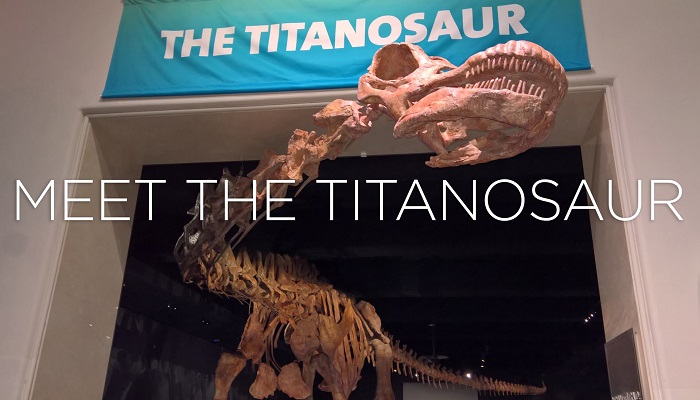
About 100 million years ago, when Earth was uncommonly warm and flowering plants had diversified into an array of bountiful blooms, the largest land-living animal on record — a massive, long-necked titanosaur — stomped around, searching for plants it could eat to fuel its enormous body, a new study finds.
The newly identified titanosaur was so immense — 69 tons (62 metric tons), which is equivalent to the weight of nearly one dozen Asian elephants — that it has claimed the title as the largest dinosaur on record, surpassing the previous record holder, another titanosaur known as Argentinosaurus hiunculensis.
Although it’s exciting to discover the world’s largest land-dwelling beast, the researchers said they’re even more thrilled about the vast number of fossilized bones they uncovered, belonging to at least six of the giants. By comparing these newfound bones with those of other titanosaurs, the researchers were able to construct a comprehensive titanosaur family tree, they said.
This family tree shows that some of Patagonia’s giant titanosaurs — including Argentinosaurus, Puertasaurus, Notocolossus and the newly identified dinosaur — are part of the same evolutionary group, known as a clade.
This clade indicates that “extreme gigantism evolved once in the history of sauropods” rather than multiple times, said study lead researcher José Luis Carballido, a researcher with the Argentine National Research Council (CONICET) who works at the Museum of Paleontology Egidio Feruglio in Trelew, a city in the Chubut province of Argentina.
At 122 feet (37 m) long, the reconstructed dinosaur was so huge it couldn’t fit into one room, and so museum curators positioned its long neck and tiny head to poke out into the museum’s hallway, welcoming guests.
A herbivorous giant, this particular titanosaur roamed what is now Patagonia approximately 100 million years ago, researchers believe.
Now that researchers have had time to analyze the titanosaur’s bones, they’ve formally named it Patagotitan mayorum. The genus name references Patagonia,
where the dinosaur was found, and “titan” recalls Greek divinities, known for their strength and large size. The species name honors the Mayo family for their hospitality during the excavation, the researchers said in the study.

Post Your Comments